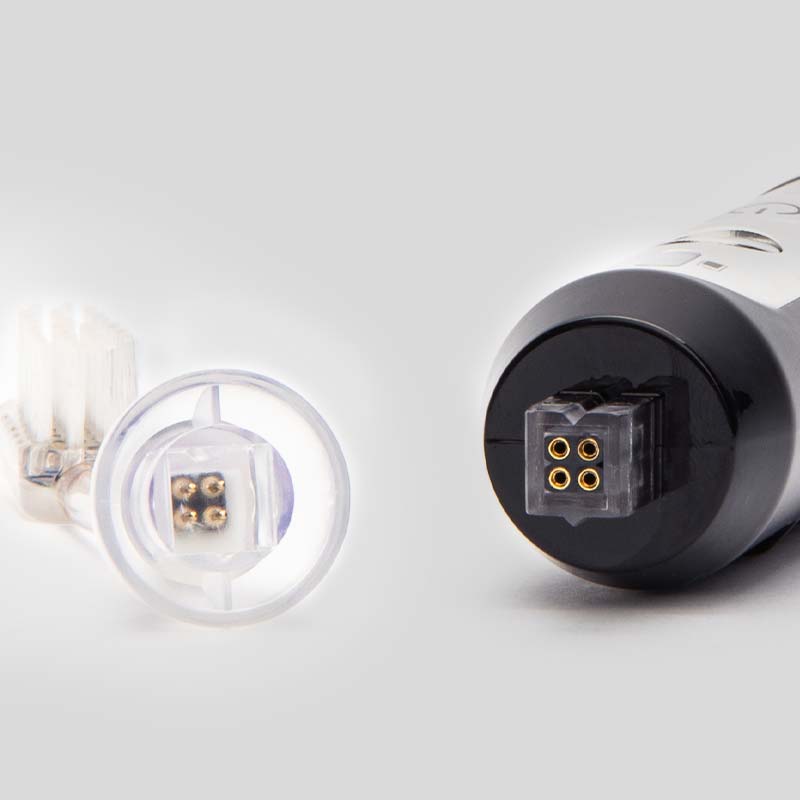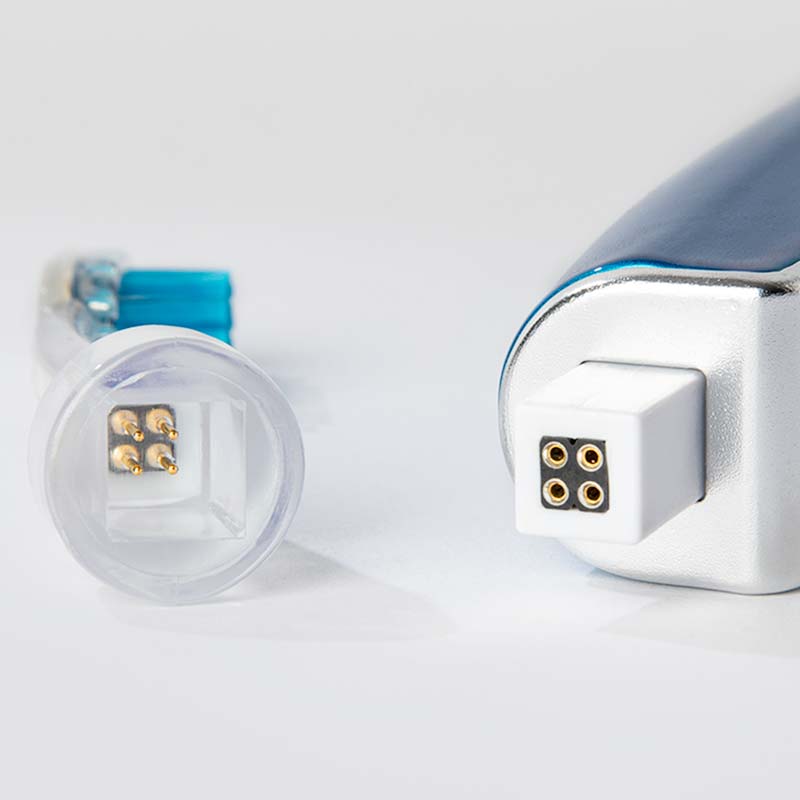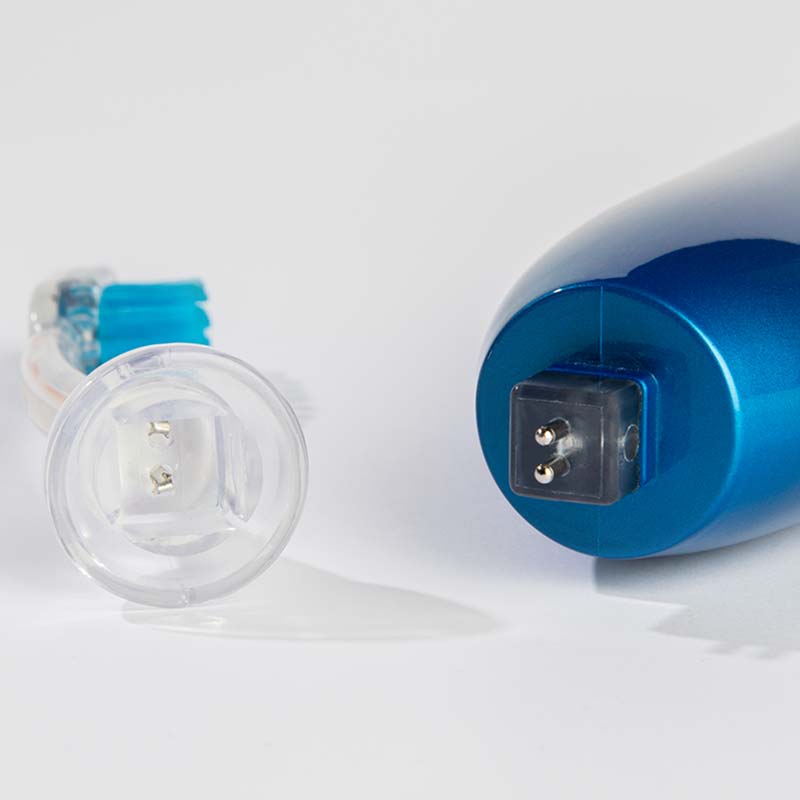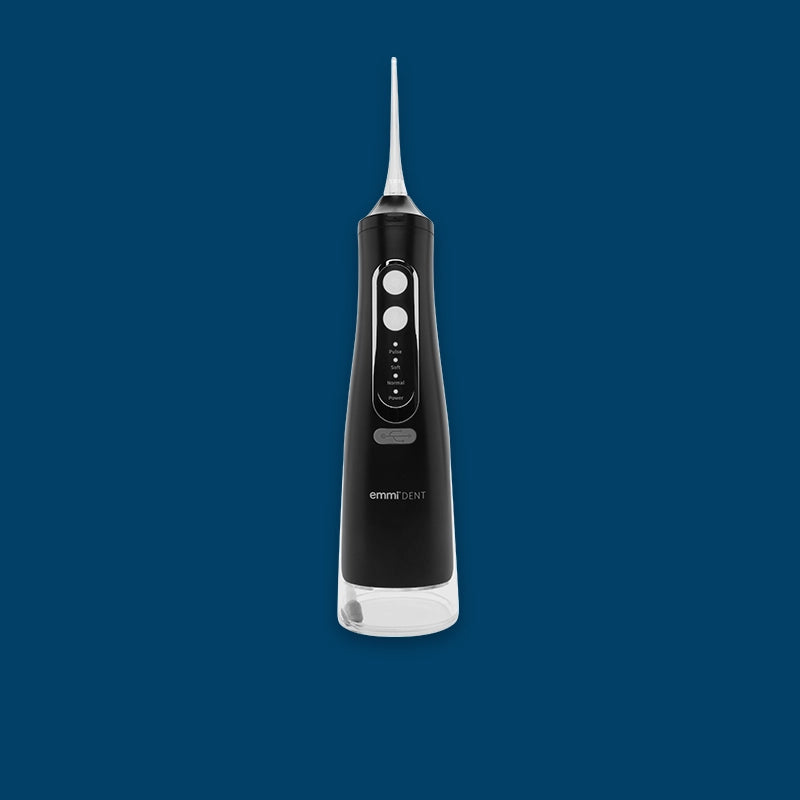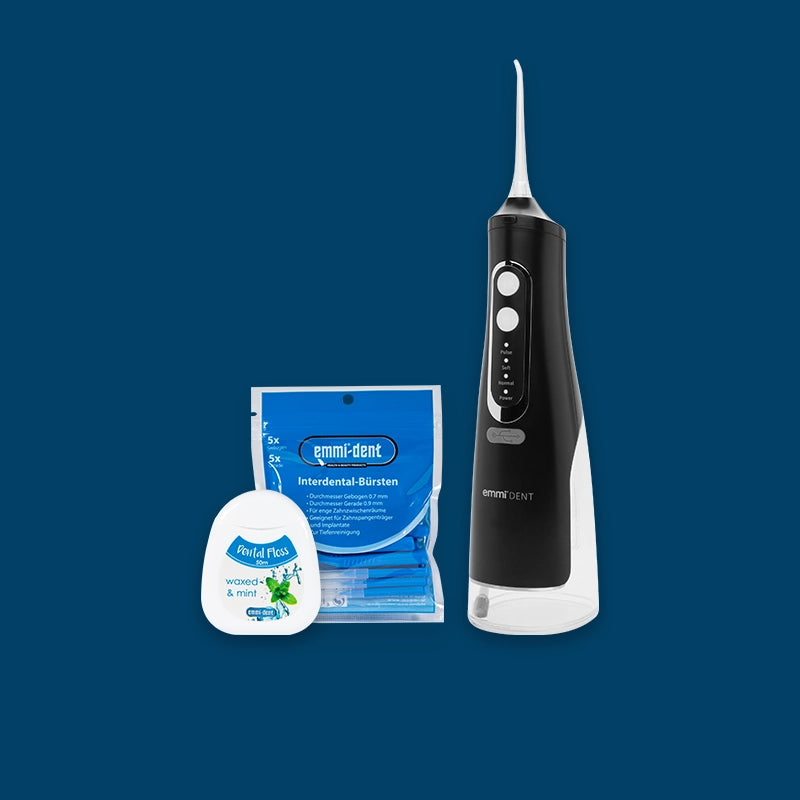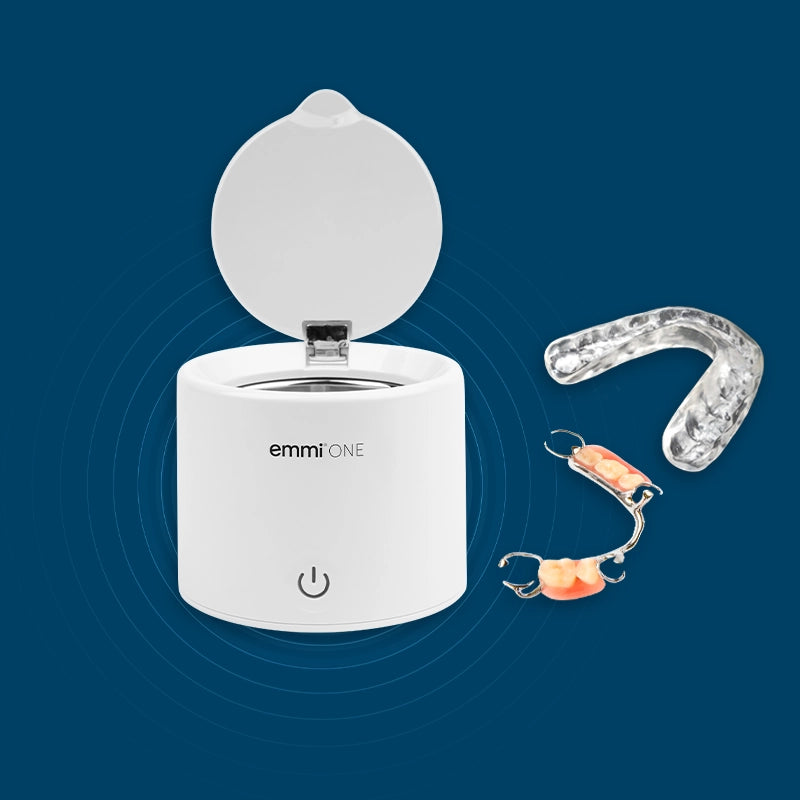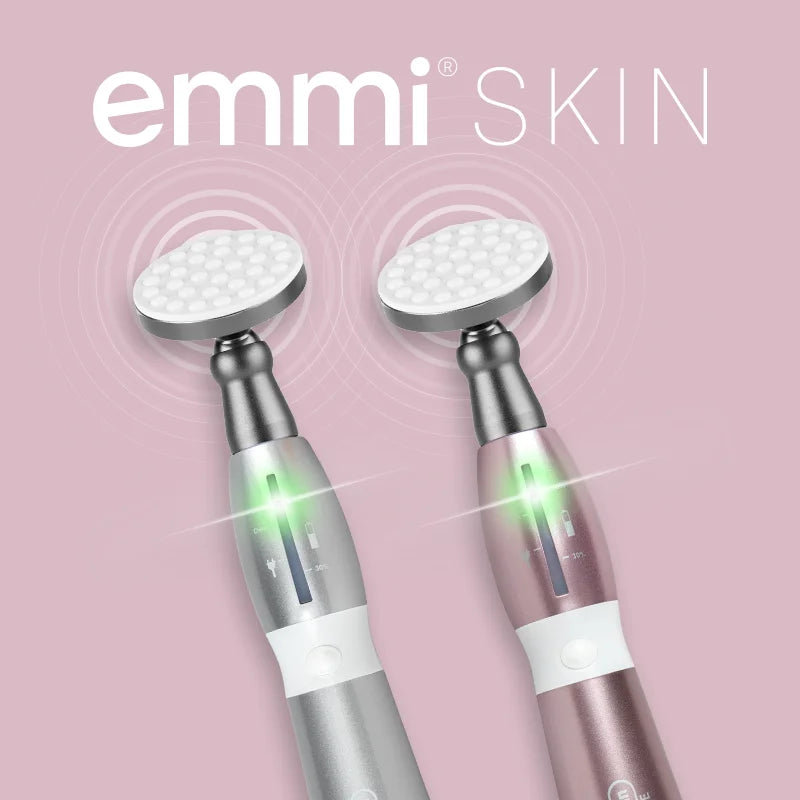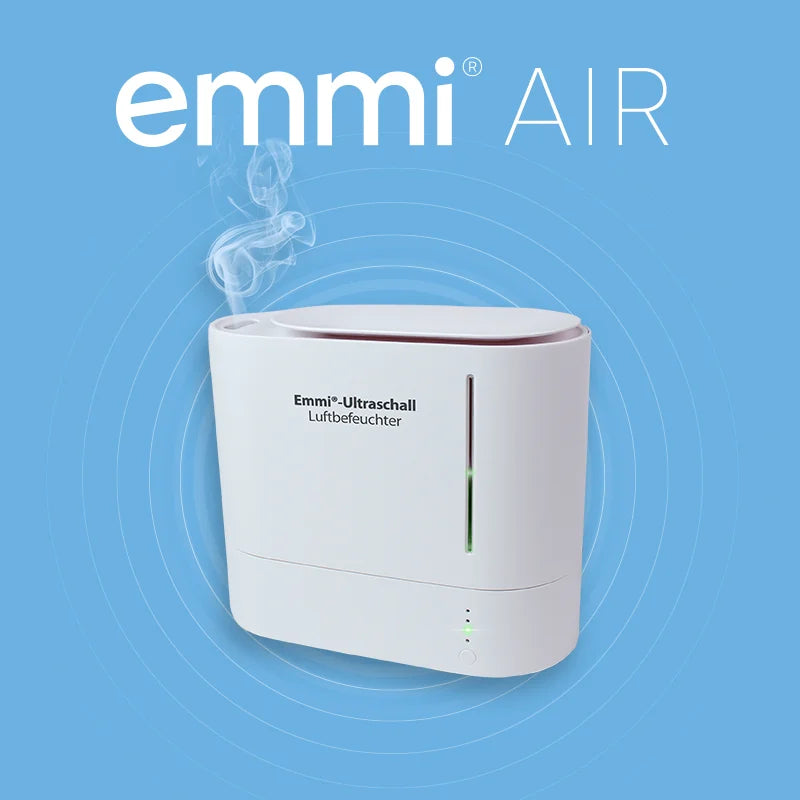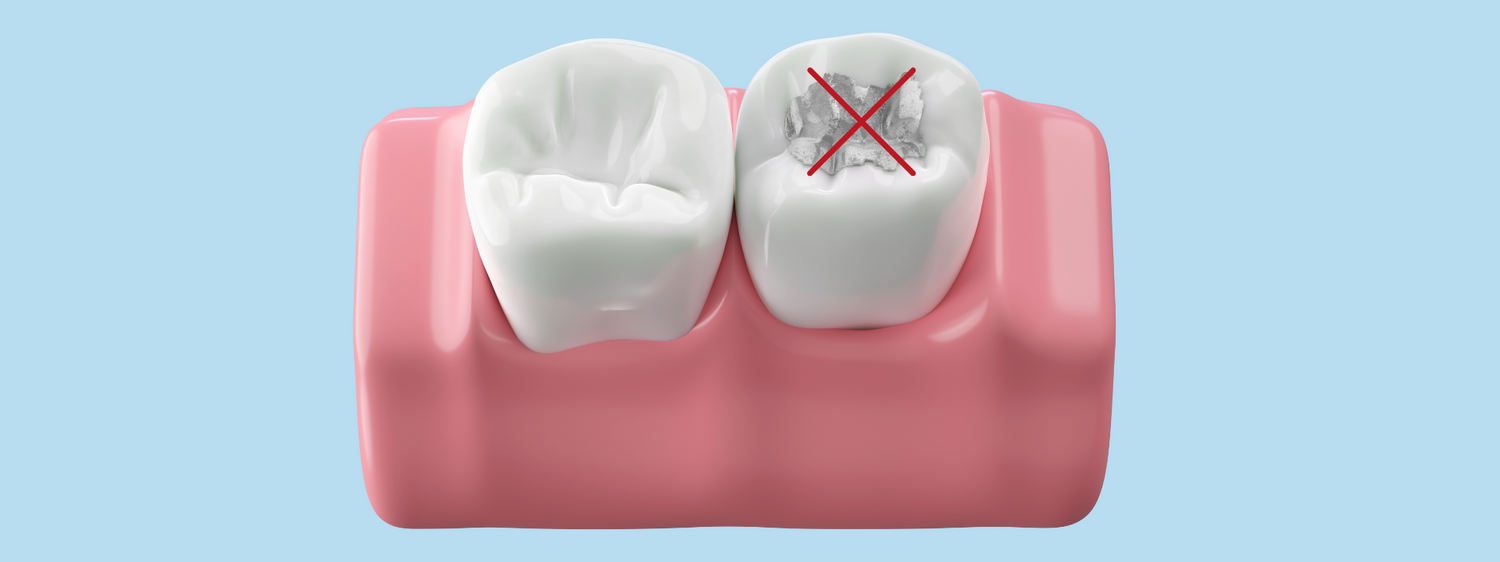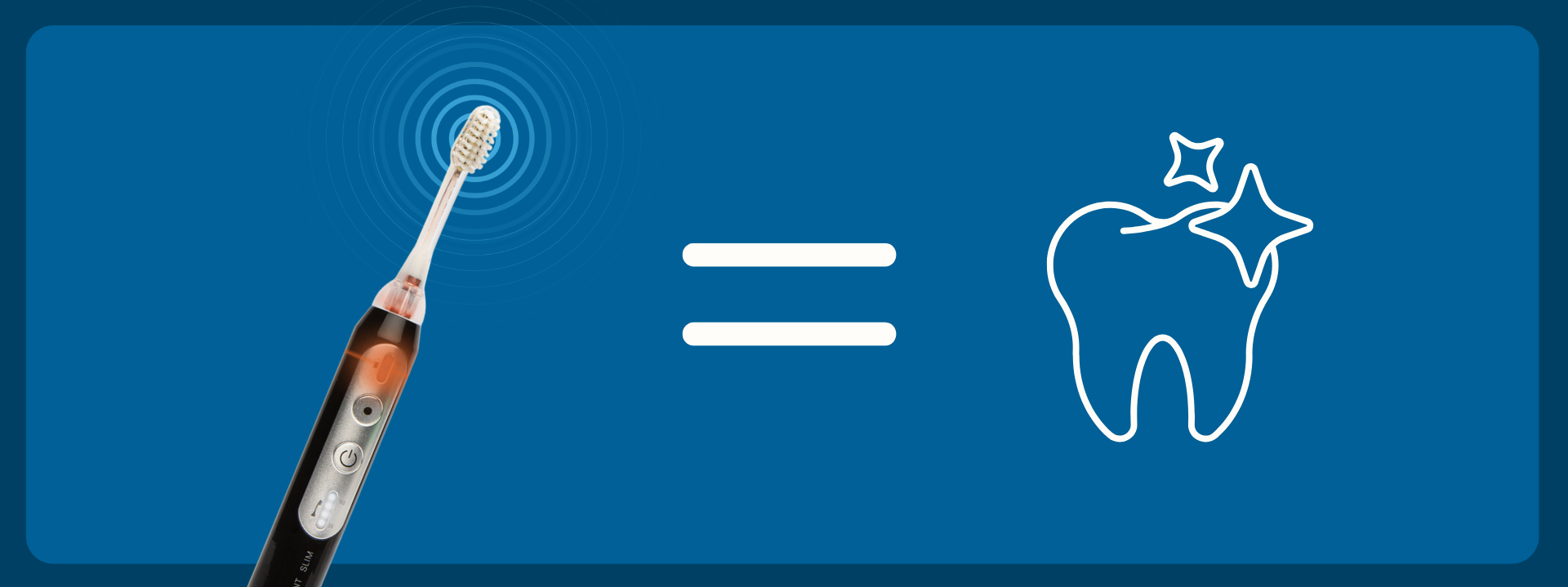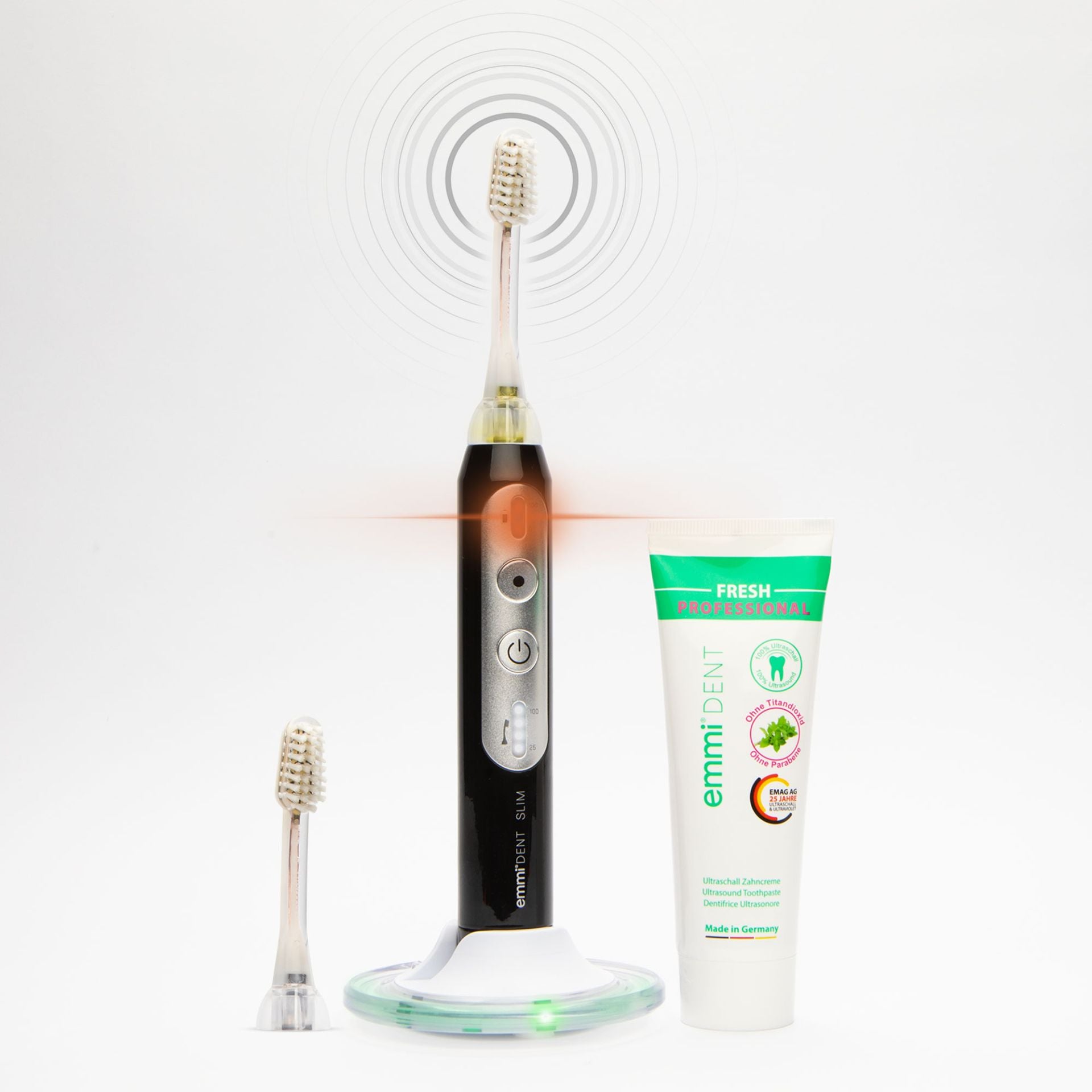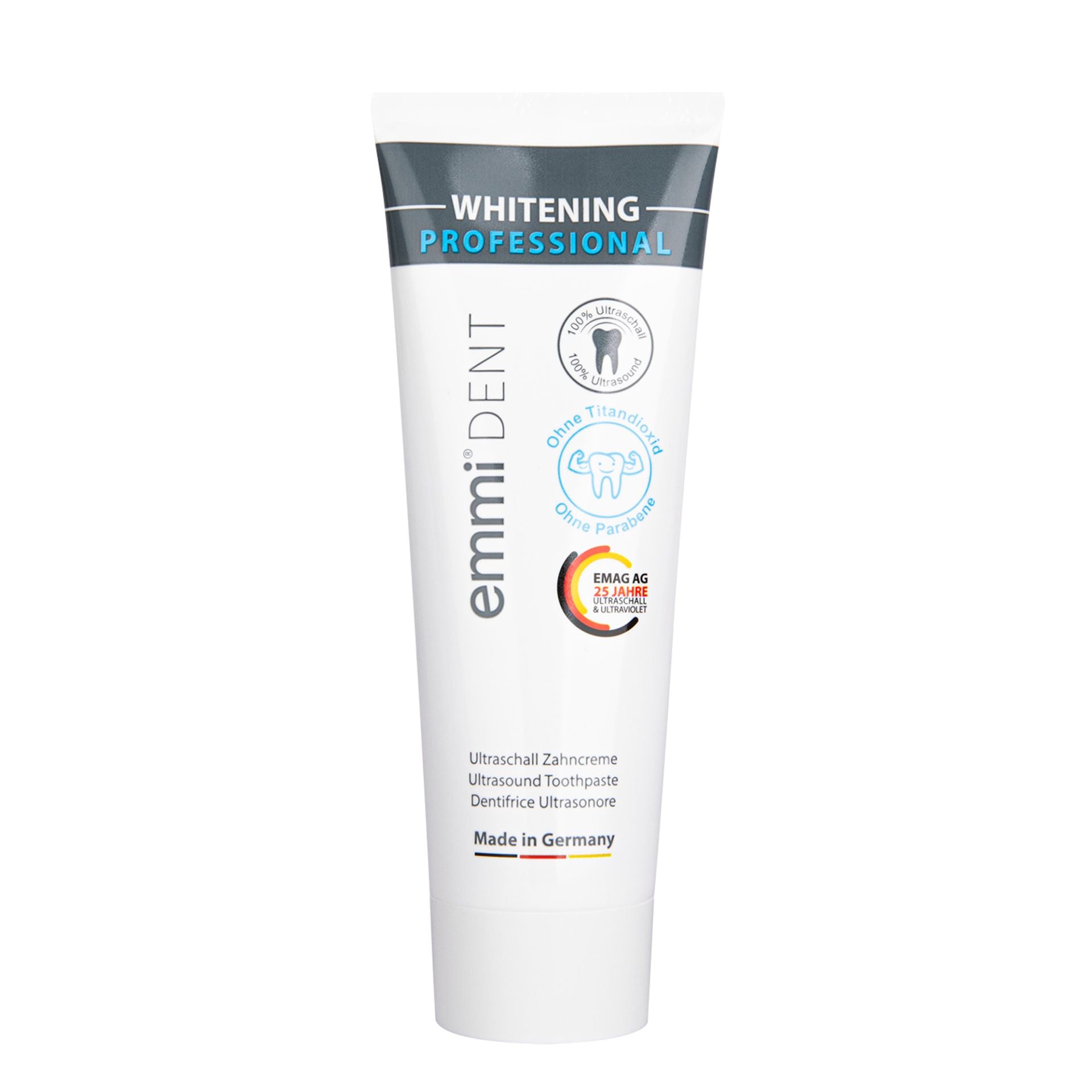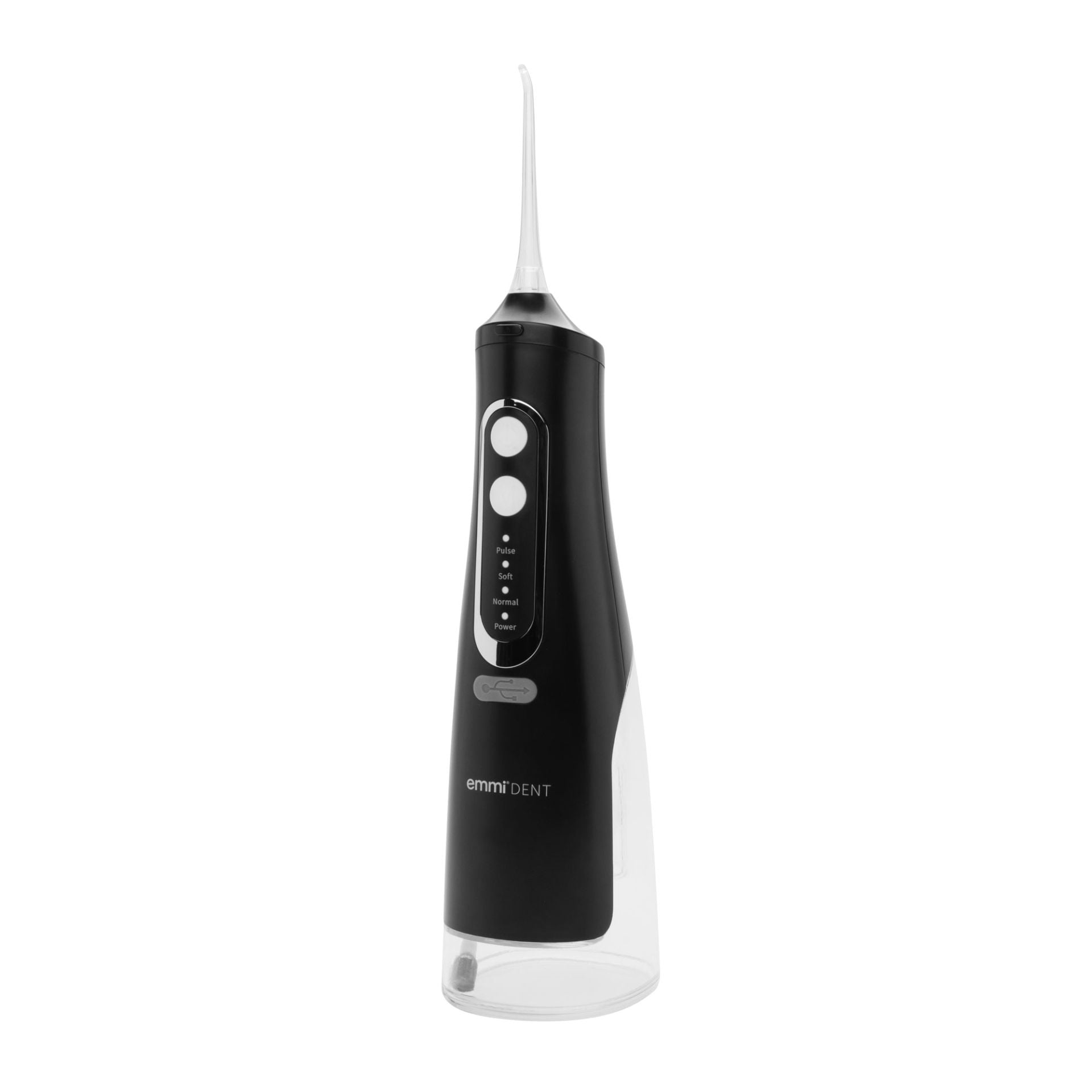Ya lo hemos comentado: A partir de 2025, el amalgama desaparecerá definitivamente de la odontología. Durante décadas, este material de relleno gris plateado fue la solución estándar para empastes dentales: resistente, duradero y, sobre todo, económico. Sin embargo, preocupaciones por la salud y aspectos medioambientales han llevado a que desaparezca por completo del panorama odontológico.
Pero ¿qué significa esto concretamente para ti como paciente? ¿Qué alternativas existen que sean seguras, estéticas y, en el mejor de los casos, sin costes adicionales? La buena noticia: la odontología moderna ya ofrece hoy en día una amplia variedad de materiales de alta calidad que pueden reemplazar al amalgama. Pero no todas las opciones son automáticamente la mejor elección para tus necesidades individuales.
En este artículo analizamos qué materiales de relleno están disponibles, qué cubren las aseguradoras de salud y a qué debes prestar atención al elegir tu nuevo empaste. ¡Porque tu sonrisa merece lo mejor!
Retrospectiva: ¿Por qué se prohíbe definitivamente el amalgama a partir de 2025?
Durante décadas, el amalgama fue una solución eficaz para los empastes dentales: estable, duradero y, sobre todo, económico. Pero también durante mucho tiempo hubo voces críticas que señalaban los posibles riesgos de este material. El punto más polémico: el mercurio, una sustancia altamente tóxica que puede liberarse en pequeñas cantidades de los empastes de amalgama.
Aunque los estudios científicos no han demostrado daños claros en adultos sanos, el amalgama ya estaba prohibido desde hace años para embarazadas, niños menores de 15 años y personas con enfermedades renales, ya que estos grupos son especialmente sensibles a la exposición al mercurio.
Sin embargo, la verdadera razón de la prohibición definitiva no es el riesgo potencial para la salud de los pacientes, sino la protección del medio ambiente.
Amalgama – Un problema ambiental creciente
Cada año, la eliminación de empastes antiguos de amalgama libera cantidades significativas de mercurio en el medio ambiente, ya sea a través de clínicas dentales, aguas residuales o vertederos. El mercurio es un metal pesado que se acumula en la naturaleza y puede dañar ecosistemas y la salud humana a largo plazo. Por eso, en la UE se ha decidido: El uso del amalgama ya no es justificable.
Con esta prohibición, de la que ya hemos informado, comienza una nueva era en la odontología – más ecológica, sostenible y moderna. Pero, ¿qué significa eso para ti? ¿Qué alternativas tienes y qué cubre tu seguro de salud? Estas son las preguntas que responderemos en este artículo.
¿Qué alternativas cubren las aseguradoras?
Por suerte, existen materiales modernos y seguros que convencen estéticamente y están disponibles como sustituto sin coste adicional – siempre que cumplan con los requisitos del seguro de salud.
A continuación te mostramos las opciones más importantes con sus respectivas ventajas e inconvenientes para que puedas tomar la mejor decisión para tu salud dental.
Empastes de composite (rellenos de resina) – La solución estética para dientes visibles
Los empastes de composite están compuestos por una innovadora mezcla de resina y cerámica, que apenas se distingue del esmalte dental natural. Especialmente en la zona visible (dientes frontales y premolares), han reemplazado hace tiempo al amalgama como material estándar.
Ventajas:
- Aspecto del color del diente: Se adapta perfectamente al diente y es prácticamente invisible.
- Buena durabilidad: Con una vida útil de hasta 10 años, los empastes de composite son muy resistentes.
- Preservación del diente: Se requiere remover menos estructura dental sana que con el amalgama.
Inconvenientes:
- Cobertura limitada: Los seguros de salud solo cubren composites para la zona visible del diente.
- Procedimiento más complejo: Se aplican en capas, lo que alarga la duración del tratamiento.
Conclusión: Los empastes de composite son una excelente opción para quienes valoran la estética. En la zona visible, son una solución popular y sin coste adicional. En los molares, sin embargo, puede haber un copago.
Empastes de ionómero de vidrio – La opción pragmática para molares
El ionómero de vidrio es un relleno con minerales que libera flúor, ayudando activamente a prevenir caries. Se usa sobre todo cuando el seguro exige una solución gratuita también en los molares.
Ventajas:
- Total cobertura de costes: El ionómero de vidrio es una alternativa gratuita para todos los dientes, incluidos los molares.
- Protección anticaries adicional: El flúor liberado fortalece el esmalte dental y previene daños.
- Rápido de aplicar: No requiere técnicas por capas, ideal para niños y personas mayores.
Inconvenientes:
- Menor durabilidad: Solo dura de 3 a 5 años.
- Más frágil que el composite: Menos resistente, puede fracturarse con la carga masticatoria.
Conclusión: El ionómero de vidrio es una buena opción para empastes pequeños o como solución temporal, por ejemplo, hasta que se coloque un relleno más duradero. Para una alternativa más duradera, el composite es más recomendable.
Incrustaciones cerámicas – La alternativa premium con copago
Las incrustaciones cerámicas son de los materiales de relleno más exclusivos y duraderos. Se fabrican individualmente en el laboratorio dental y se integran perfectamente con el resto de tus dientes.
Ventajas:
- Estética excelente: La cerámica imita al diente natural casi a la perfección.
- Durabilidad extrema: Hasta 20 años de vida útil.
- Biocompatible: Sin metales, ideal incluso para personas con alergias.
Inconvenientes:
- No cubierto por el seguro: Requiere copago.
- Proceso más elaborado: Requiere al menos dos visitas al dentista.
Conclusión: Si estás dispuesto a invertir en una solución duradera y estética, las incrustaciones cerámicas son tu mejor opción. Son resistentes, biocompatibles y se ven como un diente natural, aunque requieren un coste adicional.
¿Qué empaste es el más adecuado para ti?
Desde la decisión de eliminar el amalgama, muchos pacientes se preguntan: ¿Qué empaste me conviene más? La respuesta depende de varios factores – como la ubicación del diente, la durabilidad deseada y si estás dispuesto a asumir costes adicionales.
-
¿Buscas una opción sin coste? Entonces los empastes de composite para dientes visibles y el ionómero de vidrio para molares son buenas alternativas. Son funcionales, están cubiertos por el seguro obligatorio y cumplen su función, aunque no son tan duraderos como los materiales premium.
-
¿Prefieres una solución duradera sin coste adicional? Entonces los empastes de composite son la mejor opción. Con una mezcla de resina y cerámica, ofrecen buena estética y mayor resistencia que los empastes básicos del seguro.
-
¿Quieres una solución estética y de máxima durabilidad? Entonces las incrustaciones cerámicas son ideales. Se integran perfectamente, son duraderas y se sienten como el diente natural, aunque conllevan copago.
Al final, no solo importa la estética, sino también tu bienestar y la salud a largo plazo de tus dientes. Consulta con tu dentista para tomar la mejor decisión según tu caso particular.
El futuro de la odontología sin amalgama – Nuevas vías para una sonrisa sana
La eliminación del amalgama marca el inicio de una nueva era en la odontología, donde materiales sostenibles y biocompatibles serán el nuevo estándar. ¿Eso significa automáticamente más costes para ti? En resumen: ¡No necesariamente! Las alternativas modernas ya están establecidas y ofrecen ventajas tanto estéticas como para la salud – a menudo incluso sin costes adicionales.
Un material consolidado es el ionómero de vidrio. Estos empastes son fáciles de aplicar y se usan con frecuencia para defectos pequeños o como solución provisional. Liberan flúor que fortalece el esmalte, aunque su durabilidad es limitada.
Si buscas una solución estable y estética, los empastes de composite son una excelente elección. Su mezcla de resina y partículas cerámicas permite una adaptación cromática perfecta y gran resistencia. Lo mejor: están cubiertos por el seguro, aunque con posible copago.
Para quienes tienen las más altas exigencias, existen los empastes cerámicos, considerados una opción premium. Son extremadamente duraderos, biocompatibles y casi invisibles – aunque suelen implicar un coste adicional o estar reservados a pacientes privados.
Sea cual sea la alternativa que elijas: una buena higiene bucal es clave para proteger tus empastes a largo plazo. Nuestro cepillo dental ultrasónico emmi-dent ofrece una limpieza suave y profunda – ideal para encías sanas y dientes fuertes. Así, tu sonrisa no solo se mantendrá radiante, sino también protegida a largo plazo.

